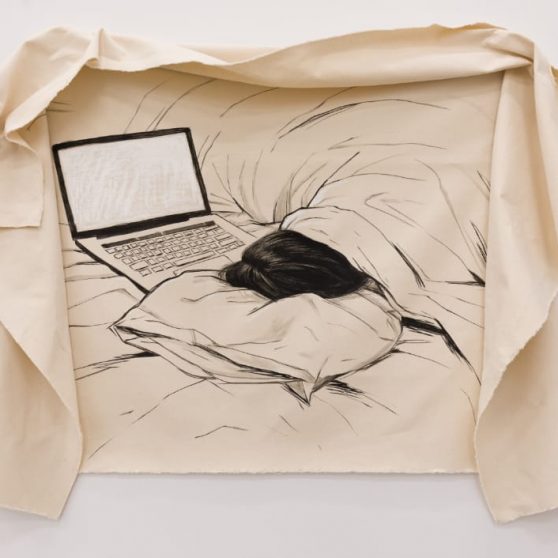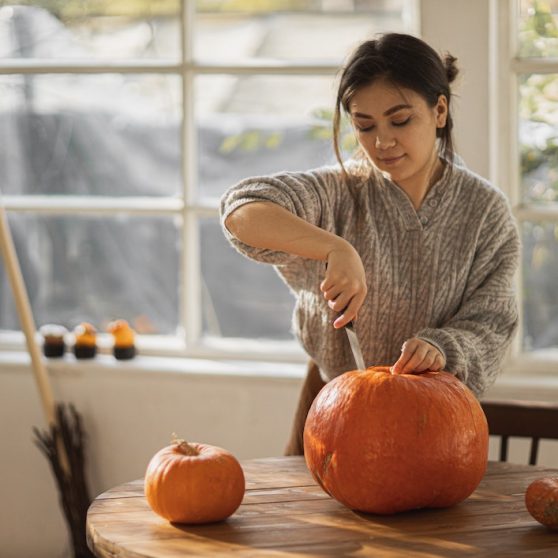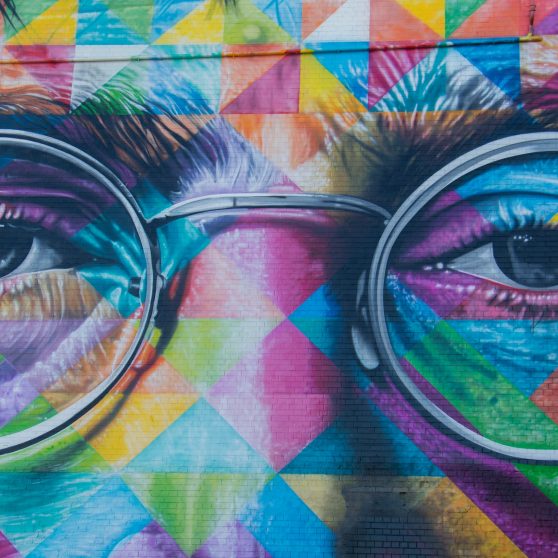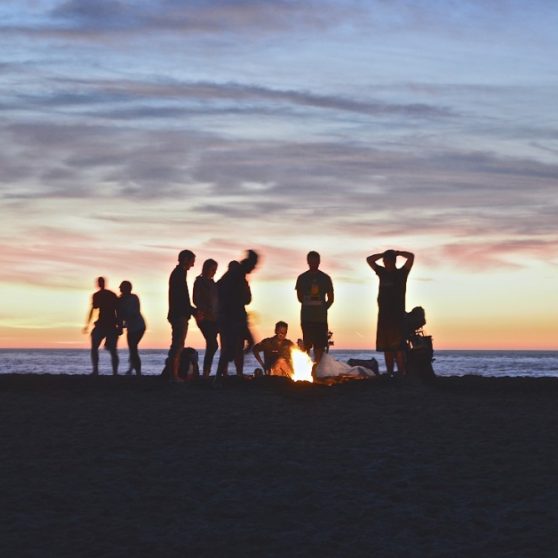Not everyone has resources to practice self-care while in isolation, but depending on your situation some of these tools might help support your well-being.
If you looked back at your life a few months ago, it’s fair to say you may have never predicted the current situation; in isolation or quarantine due to a global pandemic. It seems that our lives have drastically changed overnight and normalcy is now understood on different terms leading to a mix of emotions: fear, loneliness, gratitude, calm, panic, sadness, anger, happiness, and grief. As we continue to adjust many people have shifted to a work-at-home lifestyle with part-time work hours, while others have lost their jobs entirely or have situations where they have to go to work to afford food and their rent.
In times of necessity, there’s value in keeping things simple — focus on your most important needs, and do your best to meet them with compassion and care. Prioritizing certain needs — such as sleep and movement has been a great refuge for anxiety and grief and has allowed me to find a sense of light-heartedness, hope, and calm amidst the chaos that surrounds us all. Here are a few tools that continue to help me get through each day.
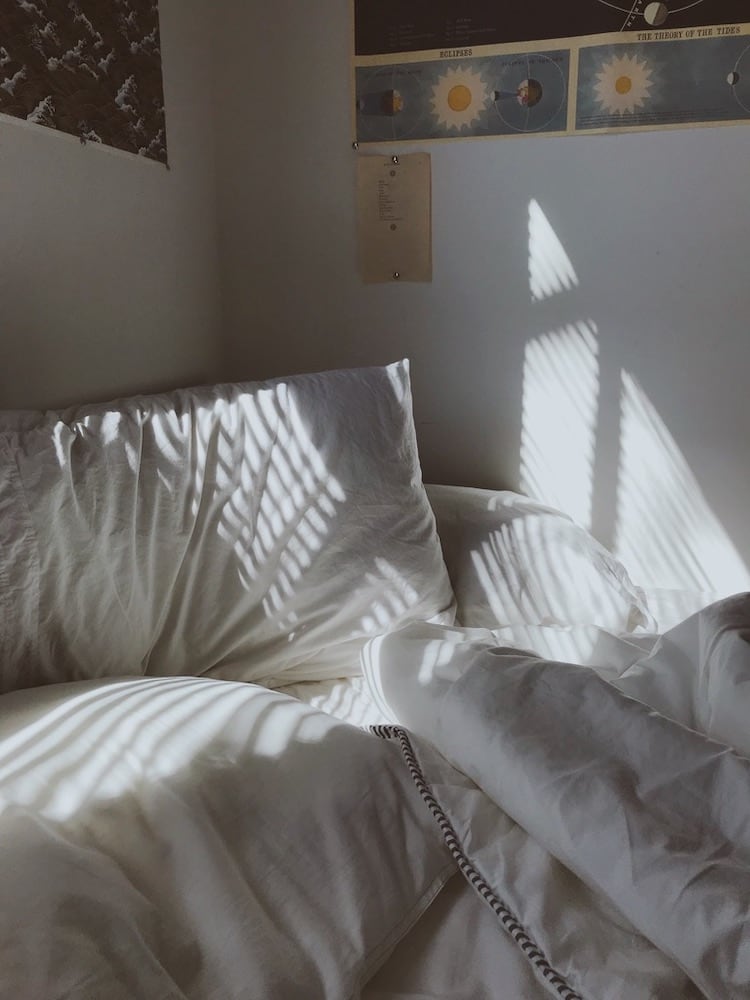
Get enough sleep
Your ability to function optimally while you are awake during the day is in large part due to the quality of sleep you get every night. A 2019 study published in the Journal of Experimental Medicine found that sleep helps to boost the body’s immune system by improving the function of T-cells — white blood cells that fight against specific pathogens. Furthermore, sleep deficiency is linked with a myriad of chronic health conditions such as heart disease, high blood pressure, and depression (The National Heart, Lung, and Blood Institute).
More noticeably, though, are the feelings of loneliness and fear that come as a byproduct of fatigue. In times of crisis, putting sleep at the top of your priority list can help manage stress, boost immunity, and improve your overall well-being.
If you are in isolation at home make sleep your first priority. Take advantage of this time by going to bed early and letting yourself sleep as long as you need (wherever possible), or by taking short naps throughout the day.

Limit your news intake
While staying educated on important news topics such as COVID-19 is vital for making informed choices about the safety of yourself and others, too much news intake can prove to be a negative thing.
When COVID-19 was announced as a global pandemic, it dominated news and social media. It was overwhelming. I found that consuming news stories needed to be balanced with my mental health needs in mind. Being selective about the news you consume can help to manage feelings of anxiety and fear.
It can also be helpful to create a routine around the time you spend online. Avoid excessive time scrolling on social media channels such as Instagram and Facebook. Limit news intake to between 10 to 15 minutes per day and choose resources that are reliable and factual such as The New York Times, The World Health Organization, or the Centers for Disease Control and Prevention.
Balance Movement and Rest
Personally, daily movement positively affects my mental health. Moving my body enables me to get out of my head and be more present in the moment. Movement helps to ease anxiety, fear, and stress — feelings that may be heightened at the moment.
Fitness apps such as Nike Training Club and Centr are offering extended free class options as a way to offer support during this time. My favourite way of moving lately is the 20-minute easy-to-follow bodyweight workouts offered on the Keep It Cleaner (KIC) app. The founders of the KIC app have launched a series of free workouts, three times a week, on Instagram and Facebook Live as a way to support the community during this time.
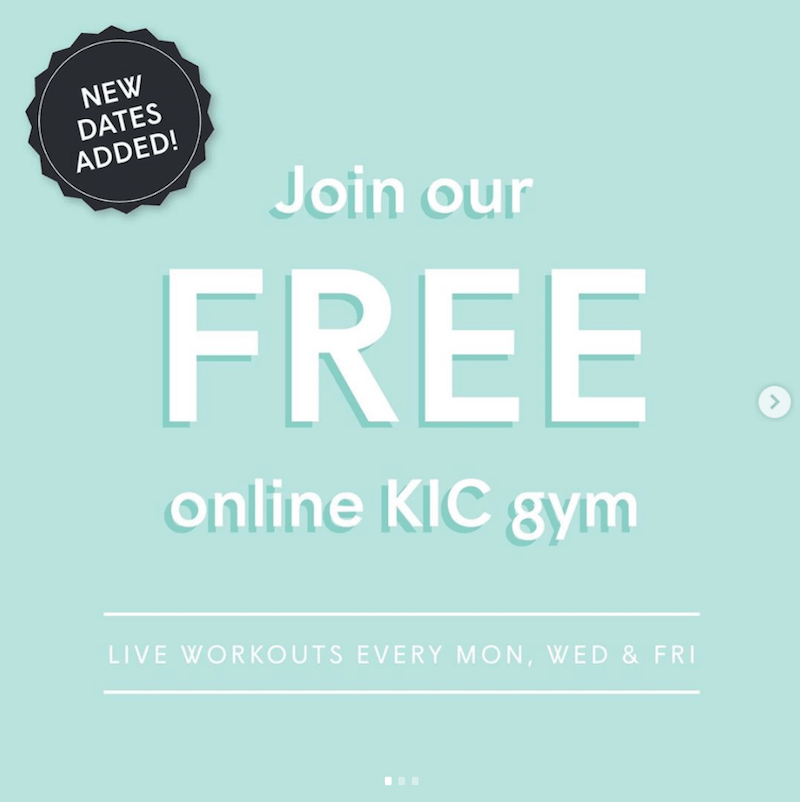
With the above point considered, it’s also important to listen to your body and energy levels. Perhaps what you need right now is more time to slow down, breathe, and rest. Some days may include a mix of reading, sweatpants, and tea on repeat, and that is more than ok! Practice compassion towards yourself, no matter what the day brings or how energetic you feel.
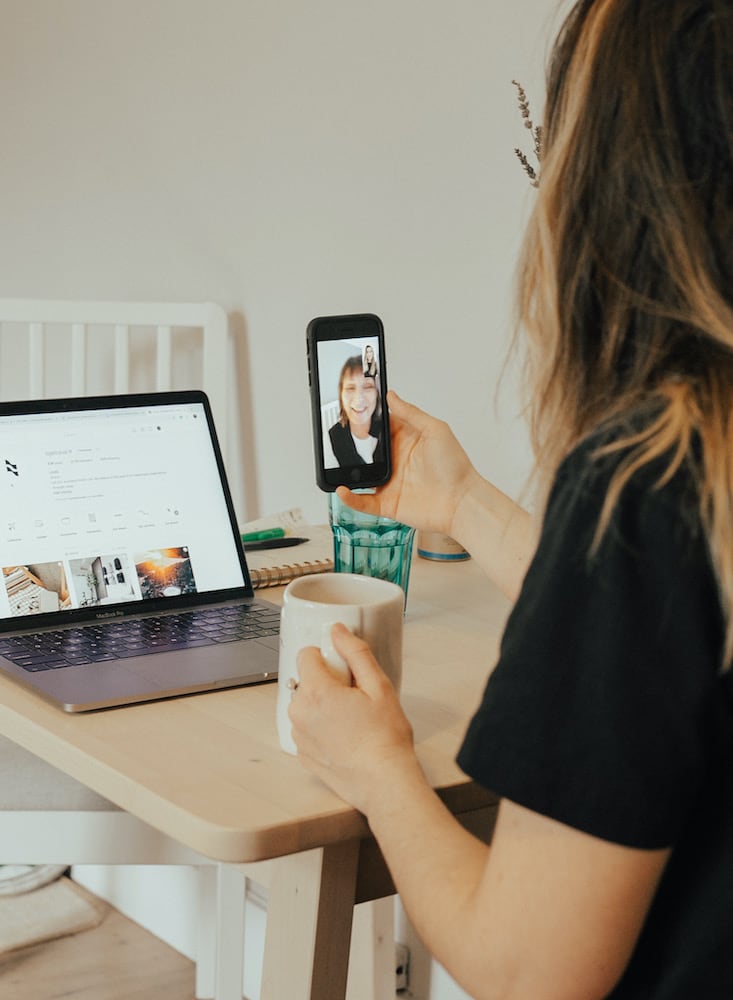
Stay connected
Although social isolation is vital to help flatten the curve, staying connected with loved ones is more important than ever. While we may physically keep our distance from others, we can stay connected in creative ways such as FaceTime video or phone calls, or short check-in texts.
Checking in with friends and family on the daily can help mitigate feelings of isolation and keep your relationships strong. And know that it’s ok to reach out for help on the days when you may need some extra support, too.
Develop a daily routine
Self-isolation is likely to continue in varying degrees for the months to come. As our lives adapt to this new reality, our days can feel confused and out-of-sync. Whether you are still working nine-to-five or are dealing with post-job-loss anxiety or the stress of having to venture out into public, it helps to develop a daily routine to suit your circumstances. A daily routine can help us to stay present while making sure we are meeting our needs.
If you find yourself at home for long periods, a structure to your days in isolation can include:
- Maintain a consistent sleep/wake cycle by going to bed and waking up at similar times each day
- If you work from home, get ready for your day as though you are working in an office with your colleagues. Putting in some effort into the clothes we put on, and whether or not we brushed our hair that day, can help us to stay focused and motivated
- Develop a morning ritual such as making tea or coffee and reading a few pages of a book
- Schedule 10-15 minutes a day for a nap, stretch, or meditation — check out Headspace, they have provided free meditations during COVID-19
- Move your body for 30 minutes a day
- Plan virtual hangouts with friends or family
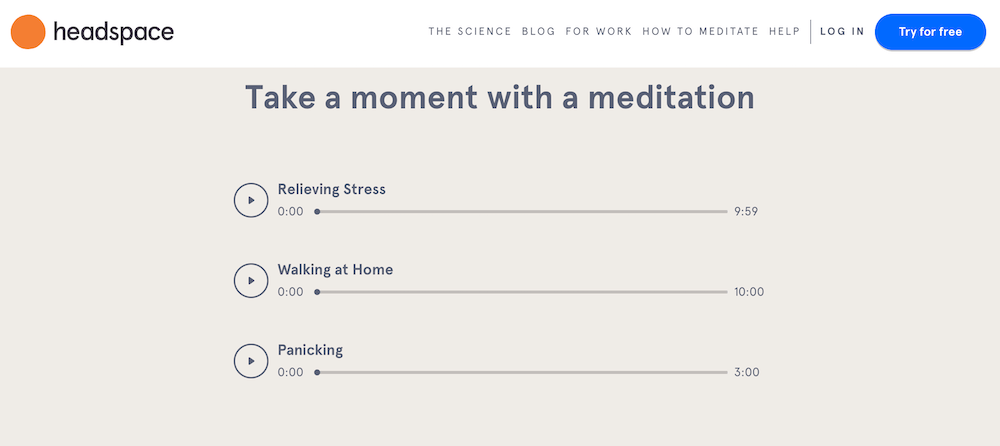
Wellness can look very different depending on location, culture, and access to essential resources such as water and shelter. Wellness in some cultures may be more individualistic like it is here in North America, whereas the understanding of wellness in other parts of the world is centred around community and family. My experience of wellness during COVID-19 is only a small picture of how well-being is experienced around the world.

